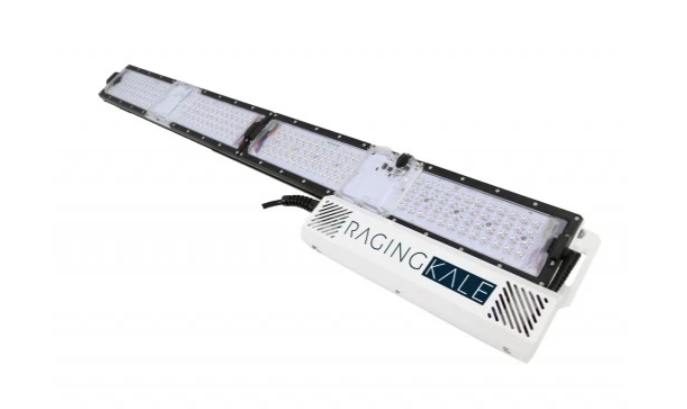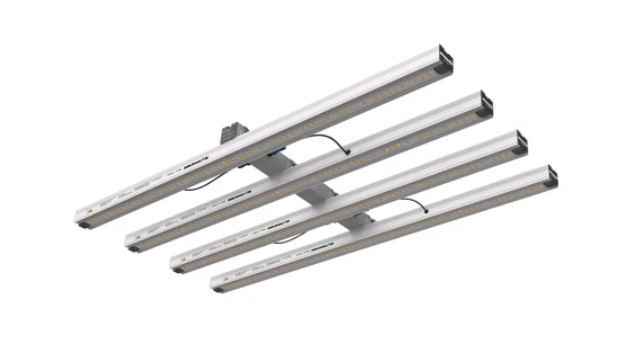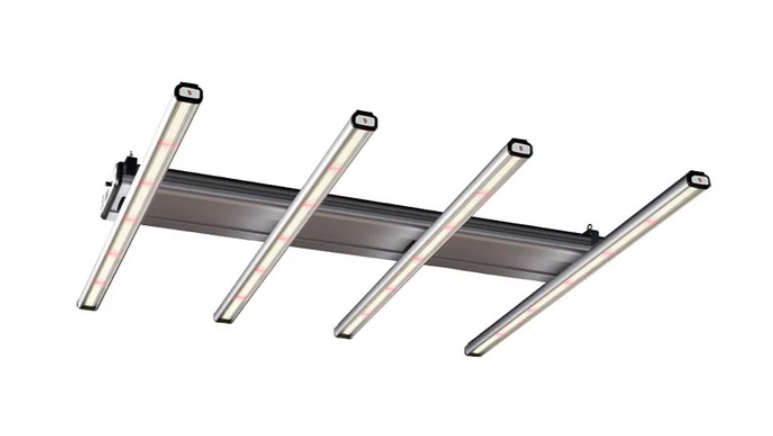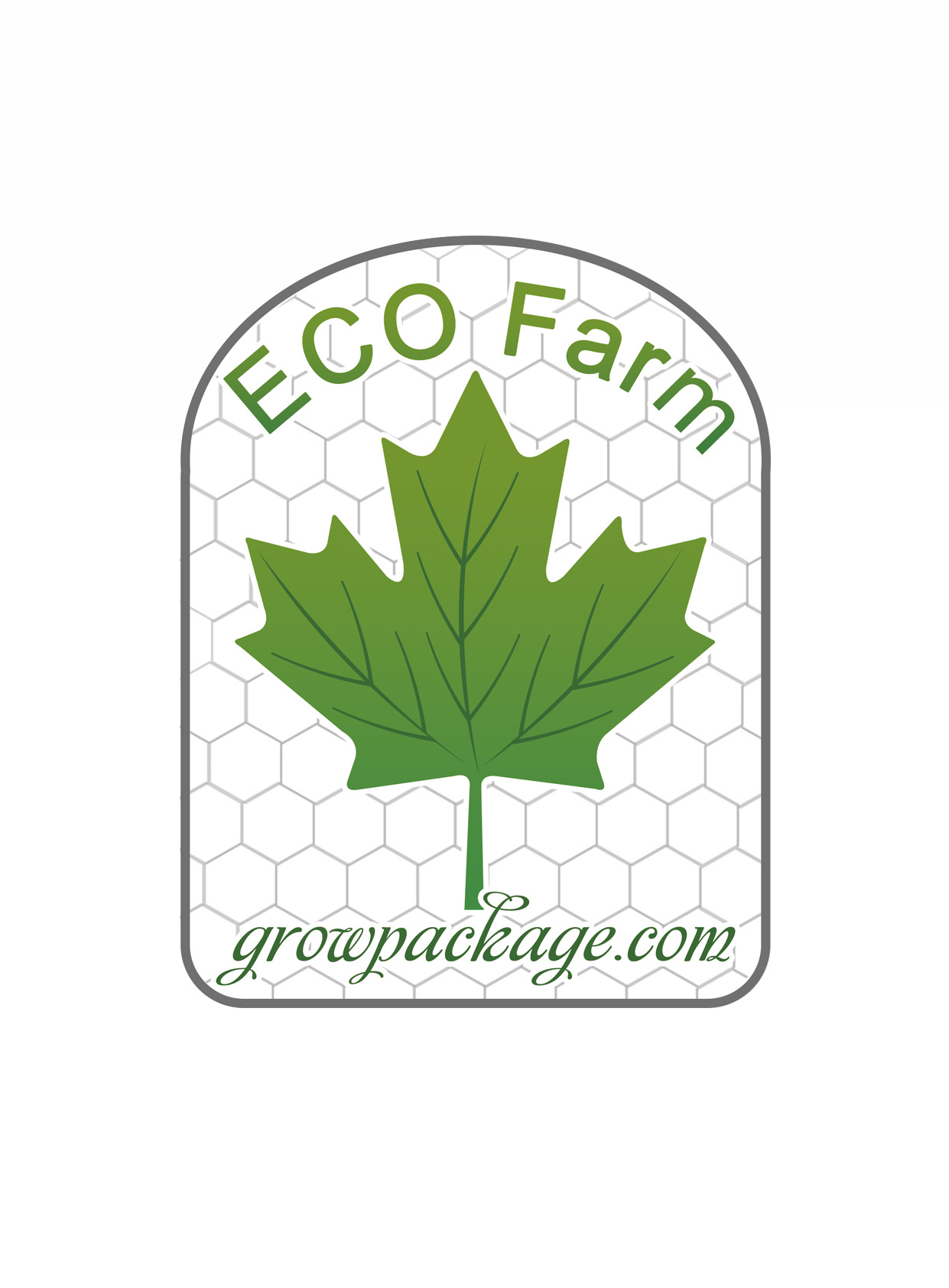How many watts does my grow light need to be?
A lot of people believe that you need a 1000 watt artificial light to grow hemp indoors. The reality is, you can successfully grow medicinal herbs with far less wattage, saving you money on your electricity bill while growing healthier plants. So, how much wattage do you really need to grow indoors?
How much wattage does you grow light need?
The simple answer is: it's not really about wattage.
Wattage is a measurement of electricity consumption, and while it's helpful to know how much wattage your grow light uses (so you can make a more economical, energy-saving choice) it actually has nothing to do with the amount of energy your plants need to grow.Instead of looking at how much wattage a grow light uses, it's far more important to understand the grow light spectrum, which is measured in micromoles (?mol). You need anywhere from 180 to 1300 ?mol to grow plants with grow lights, depending on how light hungry your plants are. The Cannabaceae family of plants are on the higher end of the spectrum: they need 800 ?mol to grow up to 85% of their natural potential, or 1300 ?mol to grow to 100% of their natural potential. Kitchen herbs,salads and other leave plants on the other hand only need 180-380 ?mol.
You can use a PAR meter to determine your grow light's intensity in ?mol for light spectrum between 400-700 nanometers (nm) - in other words, for any light spectrum that's suitable for growing plants.
Can you use too much light to grow indoors?
Much like a human sunburn, your plants can burn or bleach if you use too much light.
More wattage may mean more light output, but it also means more heat output, which can lead to burned plants. If your grow light has an output that's higher than 1300 ?mol, your plants can go into what's called photoinhibition, when plants start spending more energy on getting rid of excess light rather than growing to their fullest potential. As a result, you'll be left with wilted, brown leaves and dying plants.
Some growers counteract this by feeding their plants with more nutrients and introducing carbon dioxide into their grow spaces. This is a costly way to grow indoors. Not only are you introducing the costs of CO2 and added nutrients, but a 1300 μmol grow light also needs almost double the amount of energy as an 800 μmol grow light. You would also need additional cooling systems to get rid of extra heat to prevent your grow room from overheating. At the end of the day, you're spending a lot of money only to produce 15% more yield!
What lights should I use to grow indoors instead?
With a good light spectrum, you can grow anything using much lower wattage, saving you energy and costs while yielding healthier, bigger plants. LED grow lights still aren't widely understood among growers, but this new technology is the best way to get happier, denser plants. They use a lower wattage without sacrificing a quality light spectrum, so you can lower your LED lights right down to the plant canopy, giving them the light they need without having to stretch out. While old school HID light alternatives, like HPS and CMH technology, have a lower initial investment, they need to be replaced frequently and require expensive HVAC cooling systems. A quality LED grow light, on the other hand, can last up to 10 years - and never requires a cooling fan.
Recommendation

Scynce LED Raging Kale 250 LED Grow Light
The Raging Kale shines as a low-profile fixture for indoor and vertical farming. With an IP66 waterproof rating, wireless connectivity and patented optics, the RKa is the perfect solution for your early-stage growing needs. Designed in collaboration with some of the most demanding botanists, the RKa is the go-to fixture when you need a robust, powerful light at an affordable price. The patented optics allow plants to see equal intensity light from all angles (similar to natural light), resulting in a larger growing surface with more density below the canopy. Optically focused light prevents hot or burned spots & minimizes off grid collateral light loss.

NanoLux LEDex Modular LED Grow Light
Nanolux light tracks allow for modular mounting of Nanolux LED lights. Convenient markings help to ensure even spacing between lights. They can be dimmed and turned on and off through protocol systems. Nanolux LEDex Series Fixtures are designed for full-cycle commercial cultivation that features many advantages compared with traditional light sources, bringing new efficiencies for your grow facility that weren't possible before. The modular design of this LED Light Fixture allows for endless combinations and customizations making it the perfect fixture for getting the spectrum just right for the needs of your operation. LEDex Series fixtures allow random start, soft start, soft dimming capabilities, and feature over-temperature protection, under-voltage protection, and open/short circuit protection.

ThinkGrow Model-V 350 Watt LED Grow Light
The Model-V from ThinkGrow is an excellent fixture for the vegetative stage of growth with an extra dose of red light for the "Far Red Channel". An independent Far Red 730nm channel is designed to target Phytochrome Far Red in photomorphogenic lighting applications. Delivering far-red light to then crop at certain times allows growers to manipulate plant responses, flower faster, and boost yields.
Conclusion
If you really want to grow pot in a way that's easy and energy efficient, it's time to make the switch to low wattage LED grow lights.
If we can offer one piece of advice, it's this: forget about how many watts you need to grow weed. Instead, invest in LED grow lights with a quality, broad light spectrum, even and high PAR coverage, and effective μmol output and you'll see happier, healthier plants in no time.
